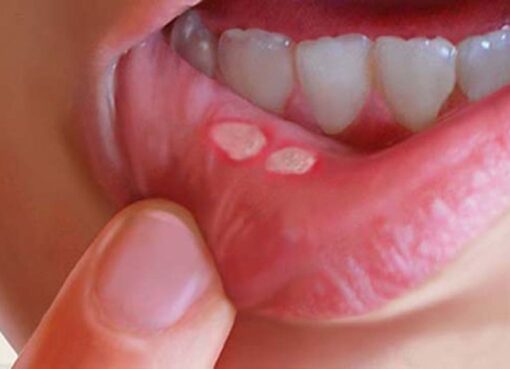An apicoectomy is a surgical procedure offered by the dentist in Phoenix Arizona and is used to treat persistent tooth infections that have not responded to conventional root canal therapy. The procedure involves removing the infected tip of the tooth root, along with any surrounding infected tissue, to prevent further infection and promote healing.
Let’s explore this surgical procedure further to understand it better!
Indications for apicoectomy
Here are the indications for apicoectomy:
- Failed Root Canal Therapy: Persistent infection or abscess after root canal treatment.
- Complex Root Anatomy: Difficulty accessing the infected area due to complex root shape or curvature.
- Periapical Cyst or Abscess: A cyst or abscess has formed at the tip of the root, indicating persistent infection.
- Root Tip Fracture: Fracture of the root tip, making it difficult to seal the canal.
- Narrow or Curved Roots: Roots that are too narrow or curved, making it challenging to access the infected area.
- Calcified Canals: Canals that are calcified, making it difficult to access the infected area.
- Persistent Pain or Discomfort: Ongoing pain or discomfort after root canal therapy.
- Swelling or Drainage: Persistent swelling or drainage in the surrounding tissue.
- Radiographic Evidence: X-ray evidence of persistent infection or abscess.
- Tooth with Poor Prognosis: Teeth with a poor prognosis for conventional root canal therapy.
Apicoectomy procedure
The apicoectomy procedure typically takes 30-60 minutes to complete and is performed under local anesthesia. Here is a step-by-step overview of the apicoectomy procedure:
Preparation:
- Local anesthesia to numb the area
- Isolation of the tooth with a rubber dam
Incision:
- A small incision in the gum tissue to access the root tip
- Reflection of the gum tissue to expose the root
Exposure:
- Removal of bone and tissue to expose the root tip
- Identification of the infected area
Resection:
- Removal of the infected root tip (apex)
- Debridement of the surrounding tissue
Inspection:
- Examination of the area for remaining infection or debris
Irrigation:
- Cleaning of the area with saline solution
Closure:
- Suturing of the gum tissue
- Placement of a dressing or stitch
Follow-up:
- Removal of sutures or dressing
- Monitoring of healing and follow-up appointments
Apicoectomy aftercare

Here is a comprehensive guide to apicoectomy aftercare:
Immediate Post-Operative Care (First 24 hours)
- Rest and avoid strenuous activities
- Follow prescribed pain medication instructions to relieve pain and discomfort
- You may expect some bleeding; apply gentle pressure with gauze
- Apply ice packs 2 to 3 times daily to reduce swelling
- Stick to soft foods and liquids to avoid any unwanted complication
Short-Term Care (First Week)
- Continue pain medication and antibiotics (if prescribed)
- Avoid brushing or flossing the surgical site. Also, remember to use a soft brush around the surgical site
- Gradually introduce semi-solid foods into your diet
- Attend scheduled follow-up appointments
Long-Term Care (After First Week)
- Resume normal brushing and flossing
- Return to normal diet
- Attend follow-up appointments for suture removal and healing assessment
Additional Tips
- Avoid smoking and tobacco products
- Avoid drinking through a straw
- Avoid chewing on the surgical site
- Take prescribed medications as directed
- Monitor for signs of infection or complications
Benefits of apicoectomy
Here is a concise list of benefits of apicoectomy:
- Relief from pain and discomfort
- Elimination of infection
- Preservation of the natural tooth
- Prevention of further infection and abscess formation
- Improved oral health and well-being
- Reduced risk of tooth loss
- Minimally invasive procedure
- High success rate
- Quick recovery time
- Improved chewing and biting function
An apicoectomy is a valuable treatment option for persistent tooth infections that have not responded to conventional root canal therapy. By removing the infected tip of the tooth root and surrounding tissue, the procedure promotes healing and prevents further infection. While risks and complications exist, proper post-operative care and follow-up can minimize these risks and ensure a successful outcome.





